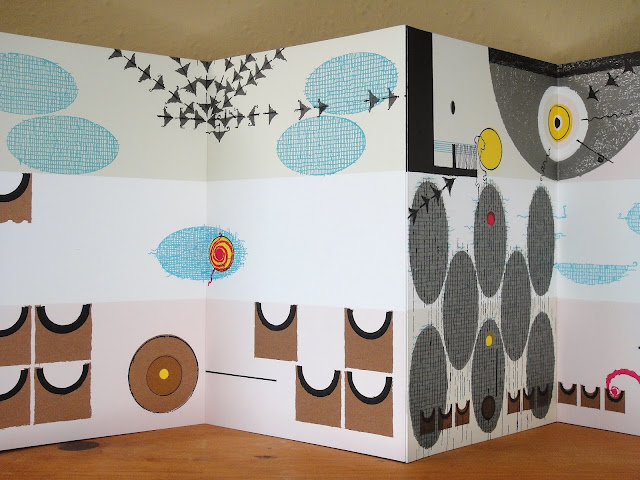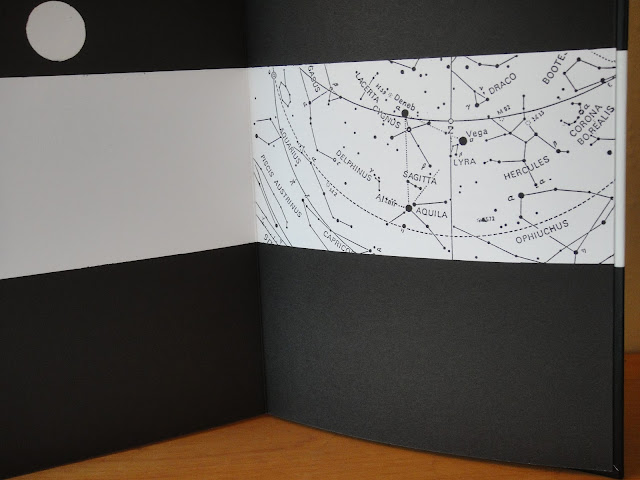I just had to feature this selection of 16 accordion publications published by Meier's Voix Editions. I have only recently come across this impressive and wide-ranging publishing house, and found these tucked away in their catalogue. I have previously posted about this work by Albert Merz in a separate entry in this blog. Éditions Richard Meier
everything about accordion publications, with a special interest in artists' accordions. stephen perkins [perkins100@gmail.com]
Friday, October 9, 2020
Richard Meier, Voix Editions/accordion publications, France
Antoni Muntadas, Red, Arts Libris, Spain, 2019.
Julian Tuwin, and Matgorzat Surowska & Joanna Ruszczk, Locomotive/IDEOLO, Centrala, Poland, 2015
Monday, October 5, 2020
Cy Twombly, Fifty Days as Illam, Edition Cantz, Germany, 1990
An interesting accordion that reproduces this major work by Twombly. I particularly like how some of the images of the individual works wraparound the accordion's pages. Interestingly, this accordion has a central binding and the two halves of the work fold out from the center, kind of odd really. The work is located at the Philadelphia Museum of Art. The online label for the work states:
In the summer of 1977, Cy Twombly began working on a "painting in ten parts" based on Alexander Pope's translation of Homer's Iliad. Completed in 1978 and collectively titled Fifty Days at Iliam, the works evoke incidents from Homer's epic poem in Twombly's characteristic synthesis of words and images. The ten large canvases follow one another much like a developing narrative. They are ordered as follows: Shield of Achilles; Heroes of the Achaeans; Vengeance of Achilles; Achaeans in Battle; The Fire that Consumes All Before It; Shades of Achilles, Patroclus, and Hector; House of Priam; Ilians in Battle; Shades of Eternal Night; Heroes of the Ilians.
16 pages, single-sided, individual pages 11.75" (h) x 8.25 (w), when fully open 11ft long.
For photographs of the work installed in the museum see:
https://www.philamuseum.org/






















































